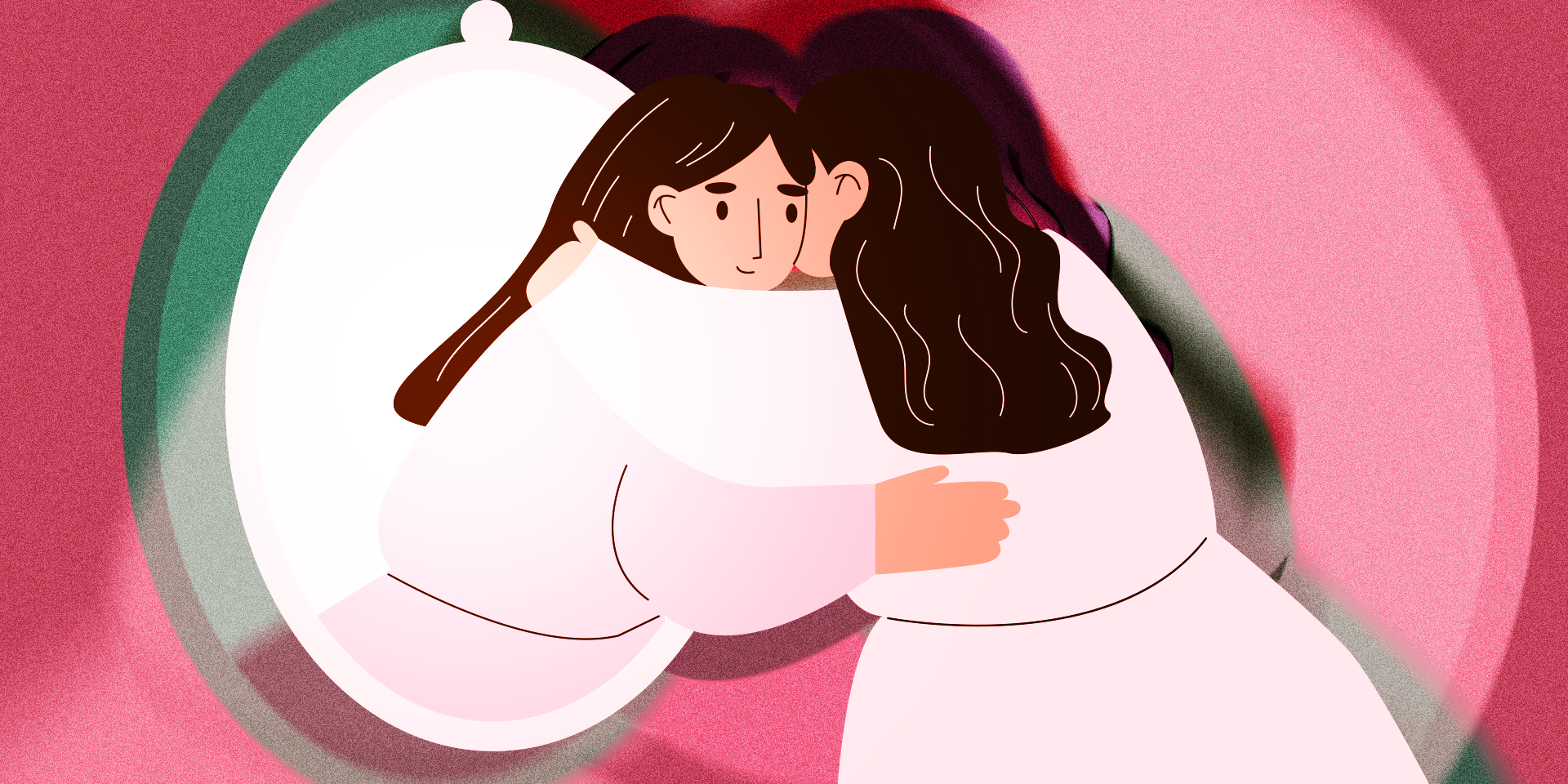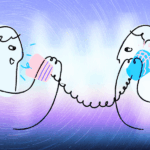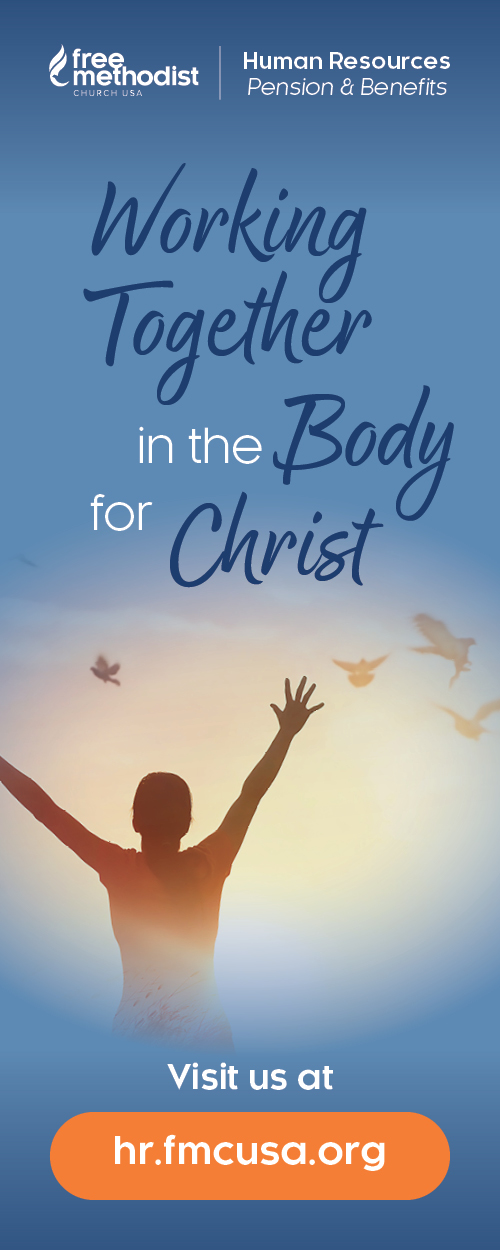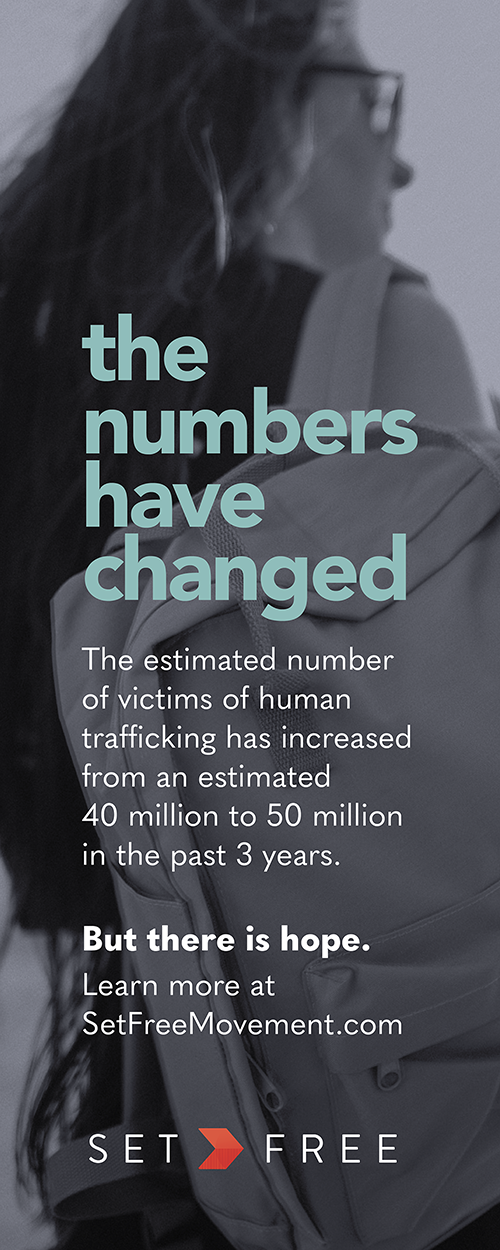By Kayleigh Clark
“I’m the only one left,” my dad told me as he was reflecting on his 35 years of ministry. He was referencing a cohort of ministerial candidates he had been a part of on his journey toward ordination. Out of the group of students, he was the only one still serving in vocational, pastoral ministry. The others had all changed careers.
Burnout is becoming a widely recognized reality of ministry for both those in formal pastoral roles as well as lay leaders and volunteers. “Compassion fatigue” is a phrase often used to capture the weight of ministry experienced by those who serve in such roles. Many seeking to help prevent burnout and curb the impact of compassion fatigue have advocated for greater self-care and better life-ministry balance.
However, for those of us in ministry, we recognize that there are times when a walk in the woods (or your favorite hobby) and a regular day off, both excellent practices, are not enough to address the overwhelm we are experiencing. For some, the temptation is to try to move on quickly. We tell ourselves it is all in our heads, that the weight we feel is just the price of serving in ministry. For others, the temptation is to convince ourselves we are not cut out for this work. It is too much, so we tell ourselves we have failed the test of ministry and need to look for other work.
_
“The hope is that our good and creative God has given us ways to prevent compassion fatigue and increase our resiliency.”
_
To those of us tempted to “muscle through” the overwhelm and to those believing we do not have what it takes, new research in the area of compassion fatigue has much hope to offer. The truth is: It is not just all in our heads. It is too much for us to carry, and self-care alone is not enough. The hope is that our good and creative God has given us ways to prevent compassion fatigue and increase our resiliency.
New studies in compassion fatigue have demonstrated that what is taking place within individuals who serve in caring professions, which has been often called burnout, is more akin to vicarious trauma. Burnout is typically connected to emotional exhaustion and lower job satisfaction, while vicarious trauma demonstrates the ways in which those who witness the suffering of others may themselves experience trauma within their own bodies.
Research out of Regent University has begun to demonstrate that this vicarious trauma is a key component of what is causing burnout in care professionals due to what researchers are calling “trapped arousal.” “Trapped arousal” denotes what happens within the body of a care professional as they bear witness to the suffering of another without being able to respond to the impact of that suffering within their own nervous system due to a need to maintain a professional demeanor.[1]
Consider the role of a hospital chaplain who daily ministers to a dying patient, prays over them as they die, and then immediately turns to attune to the spiritual needs of the family present. This chaplain may experience great grief within their body during these moments, but find little opportunity to express their sorrow, pushing it down as they seek to minister to the grieving family.
Or think of the youth ministry volunteer who sits with a teenager who divulges a story of abuse. The volunteer may experience a slew of emotions from deep sadness to anger as they seek to both maintain a compassionate presence and ensure mandated reporter laws are followed and safety is achieved for this student. This volunteer’s emotions find no release but rather become trapped.
Examples like these could fill pages upon pages. The role of ministry is unique in that it requires those serving to act as first responders, spiritual caregivers, justice advocates, and so on. There is little space for processing of one’s own emotions and the trauma experienced within one’s own body. So, as researchers have described, it gets stuck. This trapped arousal stays within our bodies — causing us to experience similar symptoms to PTSD such as heightened anxiety and a perception of continued threat, flashbacks or nightmares, and physical manifestations of stress. It’s no wonder we cannot bounce back after a day off or a good self-care practice.[2]
So what do we do? Is there a way to continue to serve well as empathetic shepherds who deeply love God’s flock without ourselves becoming continually traumatized? Thankfully Scripture and research seem to provide us with the same answer, we must Cast our cares upon Him (Jesus), for He cares for us (1 Peter 5:7).
_
“We were not meant to carry any of this alone, and therapy is not only for those in crisis.”
_v
This often quoted verse has much to offer those of us who care for others in moments of suffering. The very first word speaks volumes. Cast is a verb. Other translations read Throw all your anxiety on Him. The instruction is to physically give our cares to Jesus, and not just through a gentle setting them down, but with a full body movement. This physical exertion is important, because what research has demonstrated is that trauma is not only cognitive, but it lives in our bodies.[3]
Physical movement is necessary for reducing the impact of trauma. As people bearing witness to so much suffering, sometimes casting our cares on Jesus looks like allowing Him to help us metabolize our vicarious trauma. How do we do this? There are a couple of practical things we can do to engage in this form of casting our cares on the One who cares for us.
- Become Attuned to Your Body
Too many of us have grown accustomed to numbing or ignoring our body’s signals of traumatization in attempts to care well for others. We must relearn to listen to our bodies, to recognize when our survival system is sending us “fight, flight, freeze, or fawn” messages. We have to learn to notice once again when our shoulders become tight or our gut feels uneasy. God has given us our bodies; we must relearn how to attune to them. - Learn Ways to Respond to Your Body’s Needs In the Moment
While we typically cannot fully express the depth of our emotions when encountering the suffering of others, we can find ways to begin to respond to our body’s warning signals in the moment. This may look like learning some discreet breathing exercises to do when you find yourself holding your breath in the face of deep suffering, or finding a way to tap your feet or fingers when your body sends you a “flight” signal as you sit and listen to the story of another’s pain, or perhaps engaging yourself and the one to whom you are ministering in a full body prayer exercise like the five-finger prayer presented at the end of this article. These are small, often unnoticeable, ways we can begin the process of metabolizing the suffering our body is experiencing while still remaining present to the ones we are serving. - Find Ways to Continue to Respond to Your Body
The temptation in ministry is to keep going, especially in moments of crisis. Ministry does not stop, however, when we allow ourselves to be swept up into the continuing to-do list of it all, that vicarious trauma will remain trapped. It is important that we develop ways to continue to “cast our cares” on Jesus. This may include some self-care practices, particularly ones that involve whole body movement like hiking, running, yoga, or physical spiritual practices like prayer walking or walking a labyrinth. This may also include moments of intentional rest and time away. This will also most likely require practices done in the company of others.
We were created for community, and while we can develop self-regulation tools, co-regulation is particularly important for settling our bodies in the midst of suffering. It is important to have safe spaces where we can share our burdens with one another (while maintaining confidentiality for those whose pain we carry). Therapy is also often important for those who are serving in ministry. We were not meant to carry any of this alone, and therapy is not only for those in crisis. In fact, a therapist recently told me, “Counselors can do our best work when people come to us not in crisis.”
Do not only refer your congregants to counselors; go yourself. In all these ways we can physically throw our cares on our Savior who can hold all we were never meant to carry.
The truth of vicarious trauma is that it is not all in our heads. It lives on in our bodies. Yet, in His goodness and wisdom, God ensured that our bodies would have ways to process that pain if we would attune to them, respond to the needs of our body, and find community to support us as we support others.
Five-Finger Prayer
Settle into a comfortable seated position. Soften your gaze or close your eyes. Become aware of your breath. Once you have settled, slowly tap the tip of your thumb to the tips of your other fingers, one at a time as you say, “My God loves me,” with one word for each finger. Do this as often as you need to help you regulate your breath and emotions when you feel overwhelmed.
[1] Lisa Compton and Taylor Patterson, “Sustainable Compassion: Equipping Helpers for Secondary Trauma” (presentation, Restore Conference, Phoenix, AZ, February 6, 2025).
[2] Ibid.
[3] Bessel Van der Kolk, The Body Keeps the Score: Brain, Mind, and Body in the Healing of Trauma (New York: Penguin Books, 2014).
+

Kayleigh Clark is a lover of Jesus and His church. She is an ordained elder in the Free Methodist Church, a member of the Study Commission on Doctrine, and a Th.D. candidate at Kairos University. Her current dissertation research seeks to identify a path toward healing for congregations that have experienced internal collective trauma. She is the founder of Restor(y), a resourcing, training, and consulting ministry dedicated to partnering with local churches on the journey toward healing. She lives with her husband, Nate, and their son, Timothy, in Maryland where she has the privilege of shepherding a wonderful group of people who meet weekly in their living room to eat dinner and encounter Jesus together. When she is not writing, studying, or imagining ways toward a healthier church, Kayleigh can be found outside with her family or in pursuit of the best local chai tea latte.










